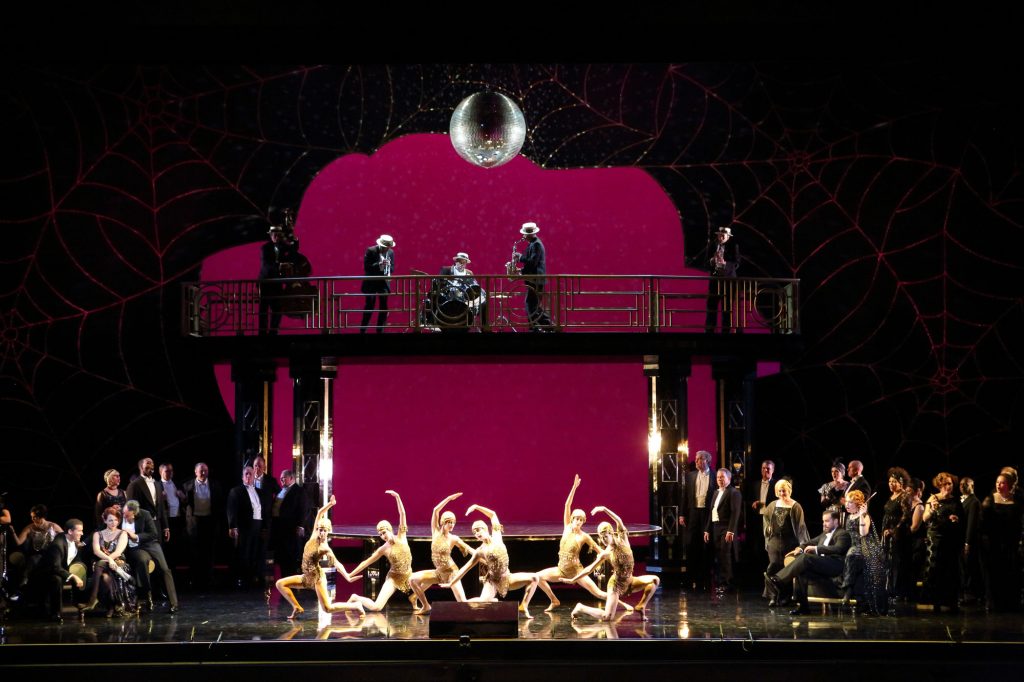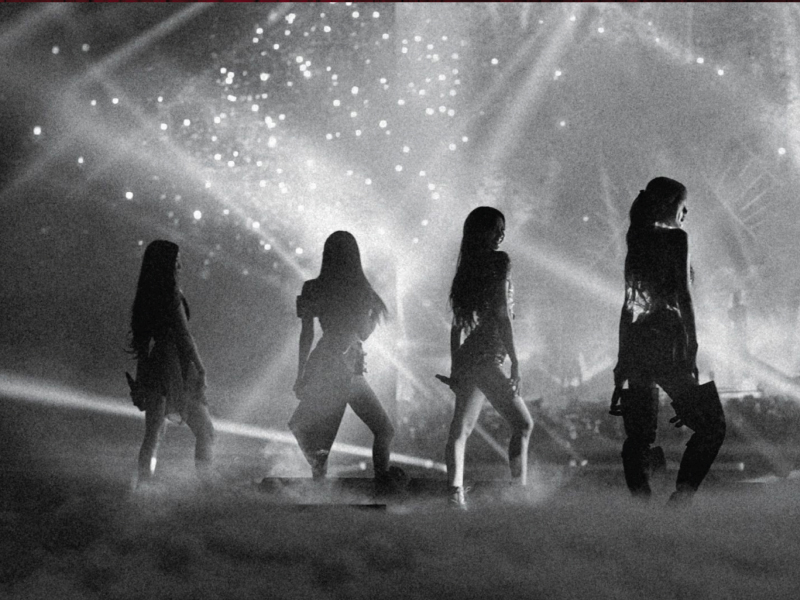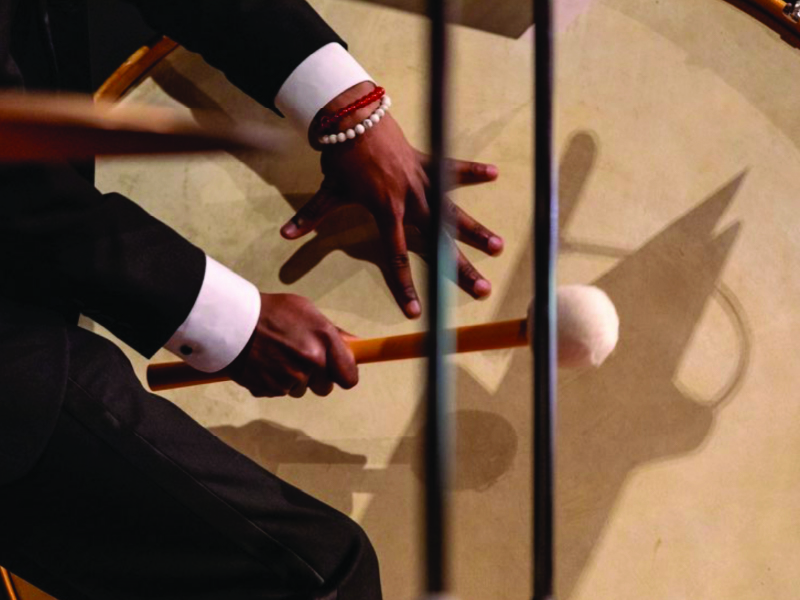
Veteran Los Angeles Opera chorus members on the joys and challenges of singing many, many productions.
By Libby Slate, from Performances Magazine, February 2016
During a dinner break between rehearsals of L.A. Opera’s Romeo and Juliet in 2005—in a rehearsal room at the Dorothy Chandler Pavilion because the cast was in wigs and makeup and not allowed to venture outside—star soprano Anna Netrebko asked Opera Chorus tenor George Sterne to join her. “When she invited me to sit next to her, that thrilled me,” Sterne says with a grin. “I think she’d kind of gotten to like me, from talking to me.”
Sterne is a happily married man, to Los Angeles Master Chorale alto Nicole Baker, so the invitation was innocent. But the shared meal remains a fond memory, one of many that Sterne has amassed as a veteran of more than 100 L.A. Opera productions. “I’ve been in 143 productions,” he specifies. “I keep a list. I’m a little OCD about that.”
Sterne is one of 13 current L.A. Opera Chorus members who have topped the 100-performance mark. He joined the company in February 1988, midway through its second season.
“In the early days, the chorus was subcontracted from the L.A. Master Chorale,” recalls Sterne, who is still a chorale member. That later changed, though chorale artistic director Grant Gershon, in his role as L.A. Opera resident conductor, auditions aspiring choristers and re-auditions members.
L.A. Opera’s first official production was Otello, in 1986. With the chorus since the beginning is alto Aleta Braxton, who isn’t sure but believes she has performed in 140 productions. That’s more than 900 performances in almost 30 years, plus some school outreach and, of course, rehearsals; depending on an opera’s length and complexity, rehearsals can span four to six weeks.
“There’s more expected of us than just singing,” Braxton says: “Learning the music, the staging, the movement. Sometimes there’s dance. Sometimes we have to do our own makeup.”
Most of the chorus singers have the music memorized by the end of the first chorus-only rehearsals; later, combining singing with movement onstage, associating certain actions with certain musical passages, helps solidify the memorization, Braxton says. Foreign languages can be a challenge; Braxton and Sterne agree that Russian is difficult.
“There’s more expected of us than just singing,” Braxton says: “Learning the music, the staging, the movement. Sometimes there’s dance. Sometimes we have to do our own makeup.”
Braxton enjoys doing shows whose directors find interesting actions for the choristers, such as in the 2013-14 season opener, Carmen, directed by Trevore Ross. “We were the cigarette girls. We got to react, be part of the story,” she says.
Soprano Samela Aird Beasom agrees. “The highlight for me has been the amazing stage directors over the years. We’ve worked with Franco Zeffirelli, Sir Peter Hall, Peter Sellars, Herbert Ross, Bruce Beresford,” she says. “They have different styles of directing. My understanding is that at the beginning, directors liked the L.A. Opera Chorus because we were young and happy to move while singing.”
There are times when the choristers are far upstage, where it’s hard to hear the orchestra or see the conductor, from the pit or on a monitor. “Then,” Aird Beasom says, “you look at your neighbor’s mouth!” Aird Beasom doesn’t know how many productions she’s appeared in, though it may be the same number as Braxton’s. She loves the standards, such as those by Mozart, Puccini and Verdi; Les Troyens, by Berlioz, gave her the chance to show off some acting chops in a mass suicide scene.
Her husband, bass Mark Beasom, is also unsure of his production total. The two met in 1983 when both were singing in the Master Chorale. In the Opera Chorus, sometimes they’re paired, but that could be, Beasom theorizes, because they tend to stand together. That wasn’t the case, though, for one of his favorite operas, Billy Budd. “It was a blast singing with all men!” he says.
He’s also been exposed to various personality types—“In the arts, there are all sorts of interesting characters,” he notes—and learned how to get along with them. And he’s learned to adjust to the hair accoutrements glued to his head. “I’ve had [mutton] chops—huge sideburns—mustaches, goatees, beards, wigs, bald pates,” he says. “For the bald cap, the whole perimeter has to be glued.”
Sterne cites Billy Budd, a 2000 production, as well as Peter Grimes as his favorite operas, and Lohengrin as the most difficult. For Billy Budd, he says, “I came to love the music…. Usually I’m the kind of guy who hangs up the costume and doesn’t take the show home with me, but this show stayed with me. The music was haunting.”
Both the Beasoms’ two daughters and Braxton’s two sons have performed in L.A. Opera productions, either as members of the Los Angeles Children’s Chorus or as supernumeraries. And over the decades, the L.A. Opera Chorus has become its own family. Beasom enjoys reminiscing with fellow choristers about the same stories, year after year. Some singers carpool together or know each other from church jobs or film soundtrack singing. Some may hire or recommend others for jobs.
As with any family, there can be personality conflicts or differences of opinion. But, says Sterne, “the most fun thing about being a member of the L.A. Opera Chorus is doing all of this fabulous music with all of these great people. I’m just a cog in a wheel, but it’s so rewarding to be out there.”




